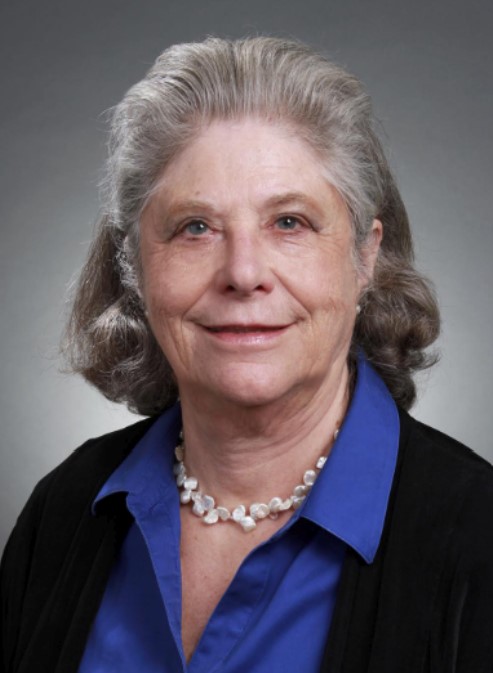The Scholar-Practitioner as a Connector

Healthy Leadership Reveals a "Deeper" Purpose
By Lynne Devnew
Recent Years
In recent years, scholars and practitioners alike have realized there is a sizable gap between their two communities (Boston University, 2015; Storberg-Walker, 2015). Researchers complain that practitioners do not read and act upon research reports and researchers are often challenged to gain access to potential research sites and participants. Meanwhile, practitioners complain that researchers are not studying practitioners' real problems. They also note that researchers are not sharing their findings in a manner accessible to practitioners. Given this gap between the two communities, Leaders who are simultaneously Scholars and Practitioners (SPLs), can be invaluable.
While the potential value of this bridging role seems obvious, the opportunities and approaches for being a leader connecting the two communities are less so. How might we get started? Here are just a few ideas:
- Clearly identify ourselves as leaders operating as connectors between the two worlds to all those who know us or are exposed to our work.
- Carefully consider which professional organizations we join and ensure we not only join organizations in each community but also look for organizations seeking to bridge the gap. We might act as connectors both within and among those organizations.
- Balance our publishing efforts. For example, for every peer-reviewed journal article we publish, write a practitioner article or two, using the appropriate language and style for the intended audience, based on the same research, and send it off to industry publications the practitioners who would benefit from our findings might read. I always was impressed by how Michael Porter, a guru in the business strategy world, did this so very well. His books written for the practice world were bestsellers, his ideas were shared with senior managers in the Harvard Business Review, and the results of his research studies could also be found in peer-reviewed journal articles written for academics.
- Watch for research opportunities. While in the practice world, we might be very observant of challenges meriting research, ask questions, and listen – and then share those ideas in places where researchers hang out, such as our UOPX research centers.
- Connect these researchers to individuals in our practice network who might be interested in the findings, or be able to help with the research itself by providing access to research settings or participants.
In summary, it appears we should develop our relationship-building skills and consciously network, network, network! This naturally creates opportunities to connect those in our practice and research worlds. In so doing, we SPL connectors will not only help bridge the gap between the world of scholars and the world of practitioners, we will also build our own reputations as leaders and increase the impact and reach of our own work.
If you’d like to read about some of my current activities seeking to be a connector between the worlds of scholarship and practice, please read my blog, “Stories of an SPL connector”, just posted in the Women and Leadership Special Interest Group here.
References
Boston University (2015). Reimagining business education: A world of ideas. Boston, MA: Boston University. Retrieved from https://cdn.questromworld.bu.edu/businesseducationjam/files/2015/04/Busi...
Storberg-Walker, J. & Madsen, S. R. (2015). The women and leadership theory think tank report. Washington, D.C.: George Washington University. Retrieved from https://cdn.questromworld.bu.edu/businesseducationjam/files/2015/04/Busi...

ABOUT THE AUTHOR
Dr. Lynne Devnew
Dr. Lynne Devnew is a researcher, author conference speaker. Dr. Devnew has a long history with the university producing relevant and pivotal work in a variety of areas.